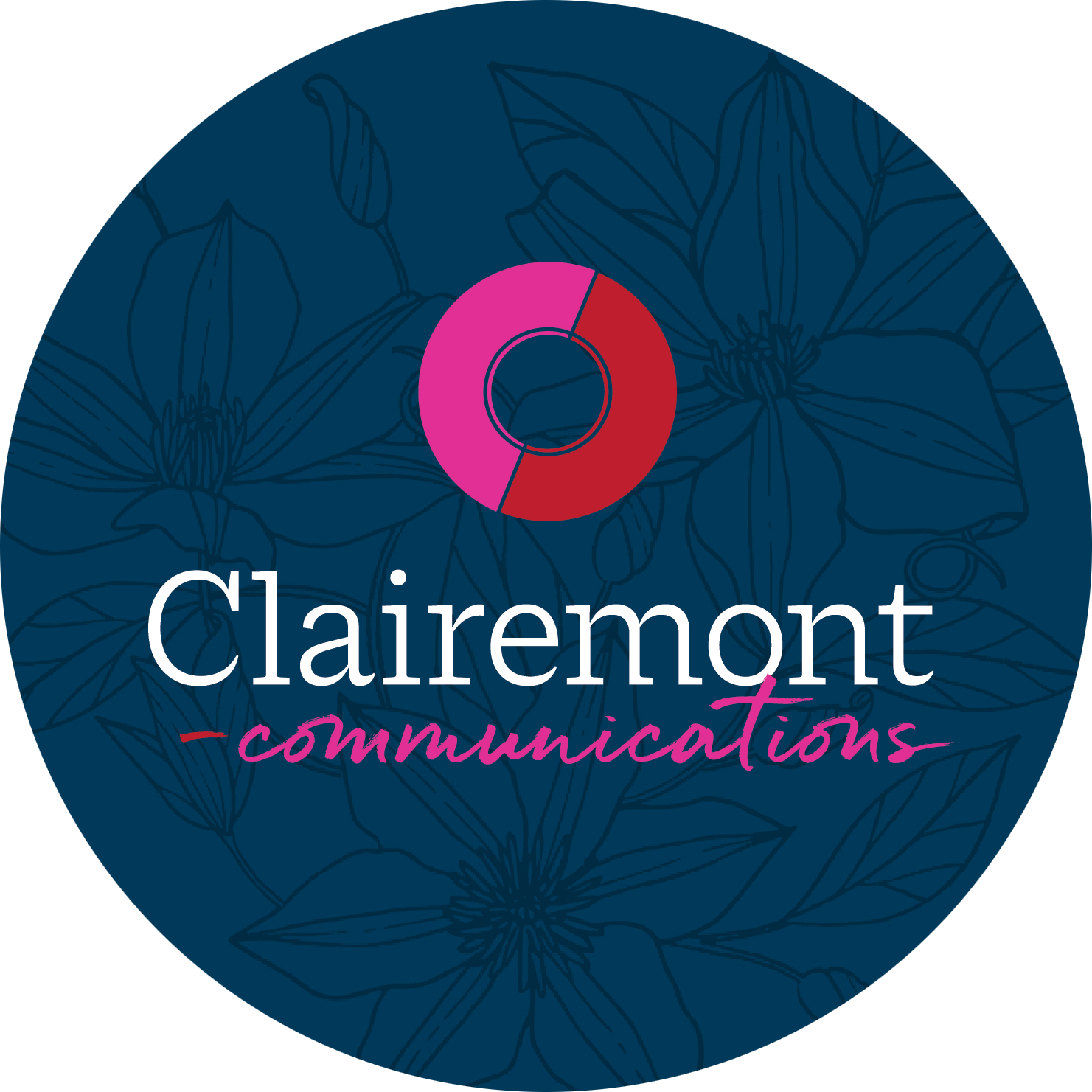This month, acclaimed local author and client, Carrie Knowles, released “A Self-Guided Workbook and Gentle Tour on Learning How to Write Stories from Start-to-Finish“. The book is a compilation of advice, examples and exercises to inspire writers of all levels – even beginners.
It’s no secret that at Clairemont we’re sticklers for good writing and a good story. Even more, we’re always excited for an opportunity to learn a new skill – especially during these days of quarantine.
We recently chatted with Carrie about a few pillars that she believes are the must-haves for a good story. If you’ve always been interested in learning how to write stories or if you’re just wanting to try something new, read on to see Carrie’s top tips!
1. Get to know your main character before you start writing your story.
Give him or her a birthday so you will know how old that person is as the story progresses.
By giving that person a birthday, you will also know when he or she graduated from high school, what was going on in the world when he or she was growing up and where that person falls in the continuum of life’s expectations/disappointments/desires. Decide what he or she wants and why. What are the motivations of that individual?
Give the main character a place to live: a highly mortgaged home, mom’s basement, a hip singles apartment complex, a farming community or a big city. Think about how he or she fits in that living environment and why the character might want to either stay there or move.
Most importantly, figure out the strengths of that person as well as weaknesses. Use these attributes to help your character maneuver through solving a problem.
Oh, yeah…be sure to have a problem to solve. No problem = no story.
2. Understand the power and importance of that first page.
Think of that first page of your book/story/research paper as the promise you are making to your reader. That first page is the most important page you will ever write.
A good first page, or better yet, first sentence, sets up the story/book and lets your reader know what kind of journey they are going to experience in your work.
My favorite first sentence of all times is from “Out of Africa” by Isak Dinesen. She tells you the whole story — i.e. what you are going to experience — by reading her book in the first six words on page one: “I had a farm in Africa.”
From those few words, you know you are going to be reading an adventure story about Africa, about having a farm and losing a farm, and all that happens when everything you love in life is lost.
3. The most important thing you can ever do when you first sit down to write is to spew out a truly bad first draft.
Write like your hair is on fire. Like you have a story to tell and you have to blurt it out as quickly as possible or your mind will explode! BUT (and here’s the good part) you need to do it as badly as possible.
In fact, you need to create a truly ugly, disgusting, rambling mess that only you can clean up and reshape to have beauty and lyrical moments and brilliant characters.
That bad first draft is your toolbox. It helps you understand where you might go with your story. It can tell you what works and what won’t work. It should help you define your main character more clearly. It will give you a hint of the story arc and the problems and where there are holes in your story and where you’ve told too much.
It is exactly what you need to eventually make your work lift off the page and capture not only your imagination but also the interest and imagination of your reader.
Interested in hearing more about writing from Carrie? Be sure to check out “A Self-Guided Workbook and Gentle Tour on Learning How to Write Stories from Start-to-Finish“, available at Quail Ridge Books and online at Owl Canyon Press. Don’t miss Carrie’s other works including her latest book, “The Inevitable Past“, set to be released next month or her regular column on Psychology Today!
And check out more or our Clairemont client successes in Client News.

